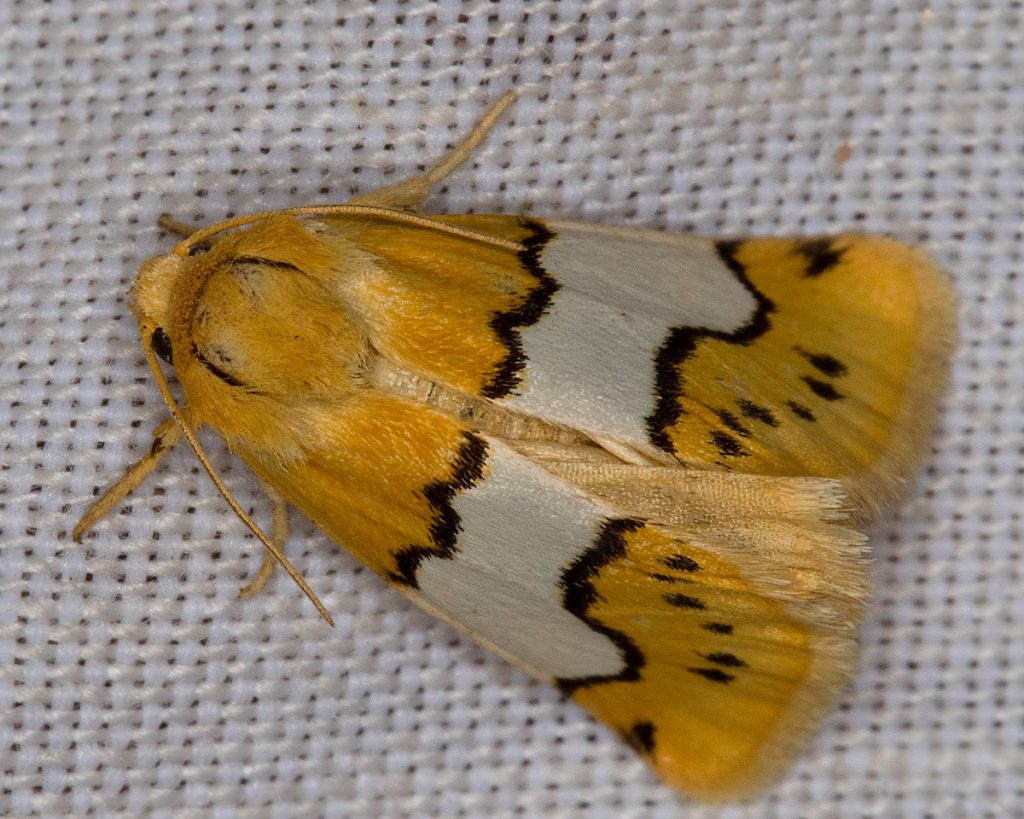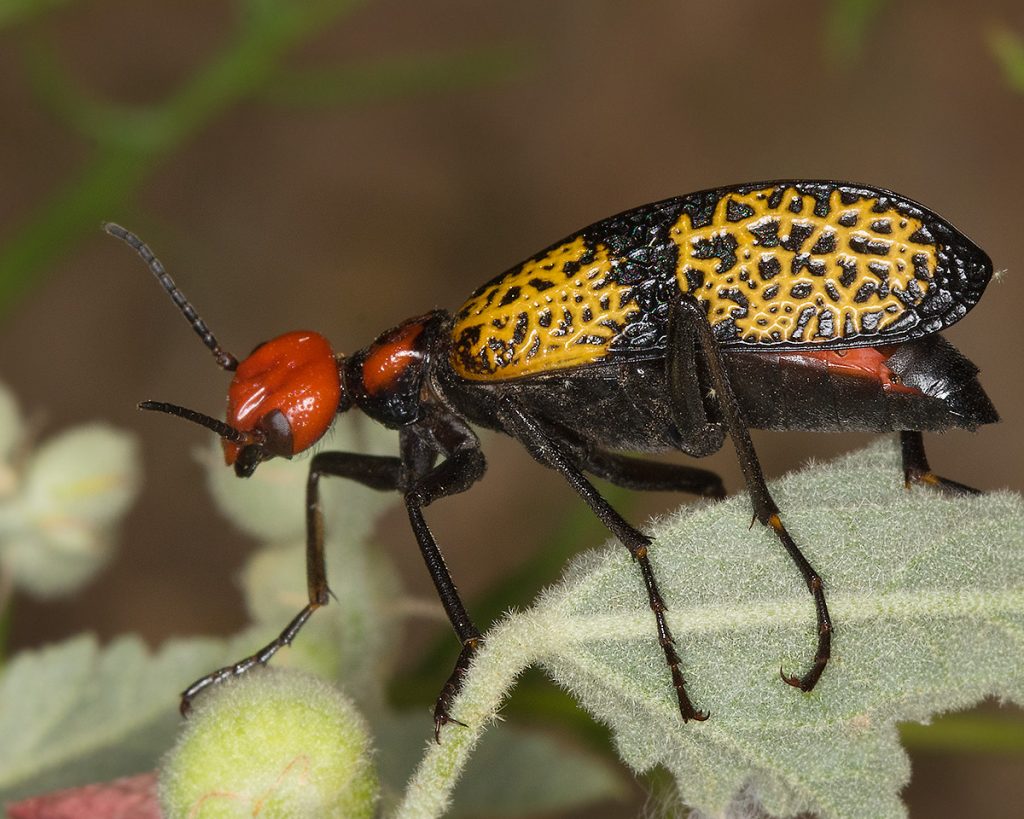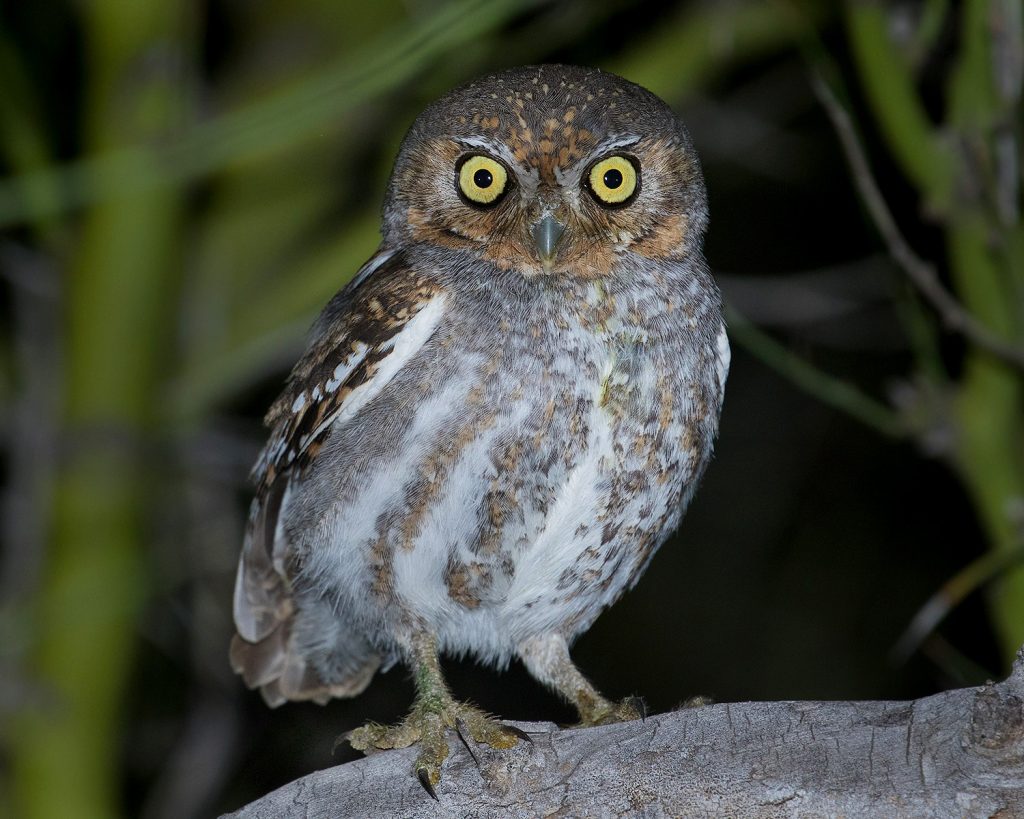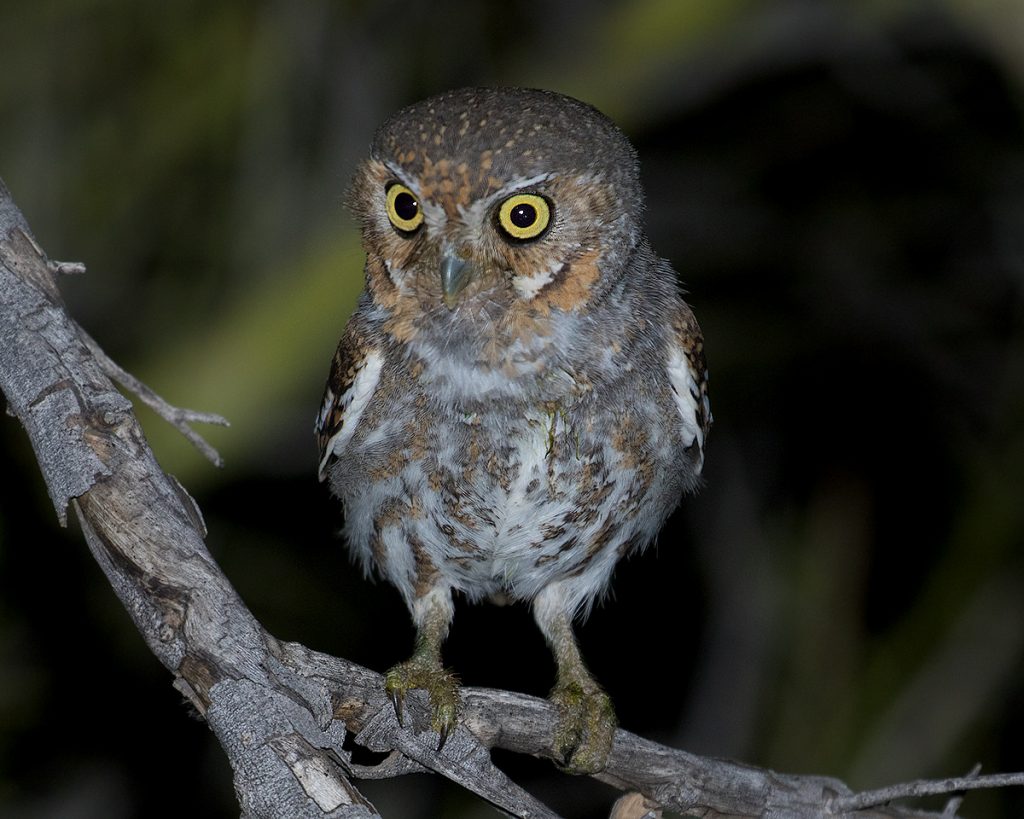I got up at 4 AM, had my coffee and a sandwich and started the long, slow drive to Pinery Canyon, on the west side of the Chiricahua Mountains. A Crescent-chested Warbler had been seen and photographed yesterday, so I thought I better go look for it. I’ve seen this species before, also in the Chiricahua Mountains so I wasn’t too disappointed not to find it today. I had a great morning! Here’s my eBird checklist. I added seven species to my year list, now at 232 species.





There were several things working against me, it is very faint, it stays low on the horizon, and it is small. The C8 would have worked better for size, but at f6.3 and with no duoband filter for that scope, it would haven take many more hours of exposure and even then I don’t think it would be very good. As it was, with the 500 f4 and the IDAS Nebula Booster filter, I have more then 6 hours on this. I think it turned out quite well.
























































